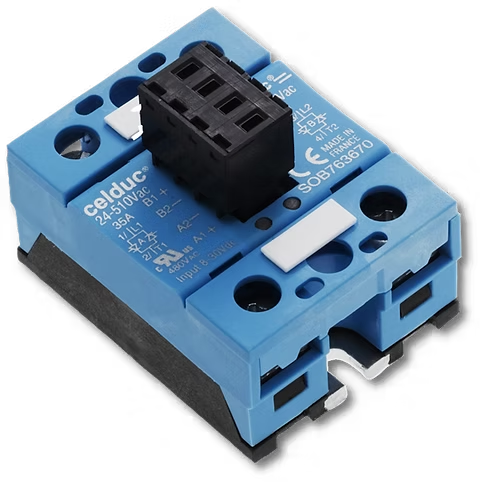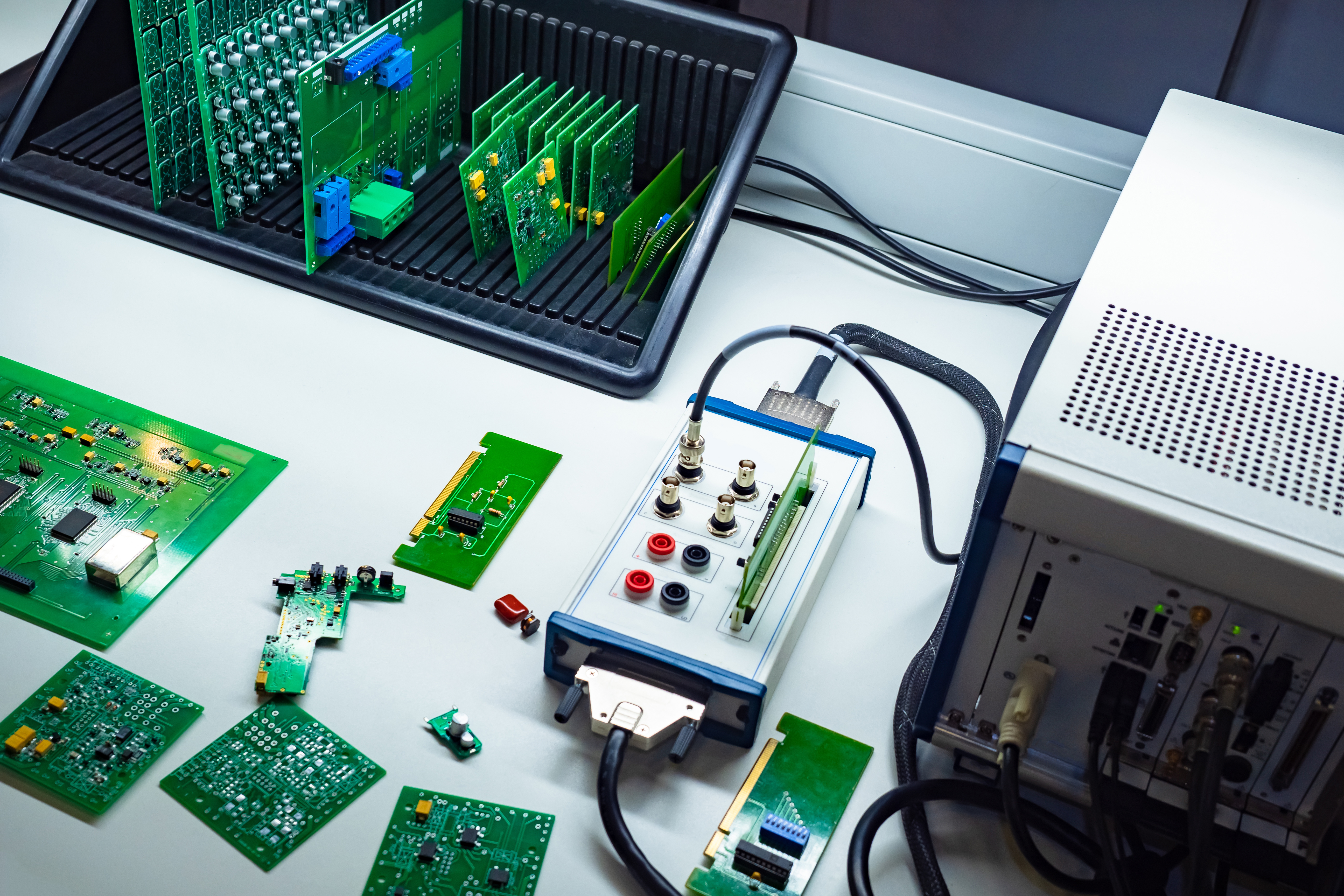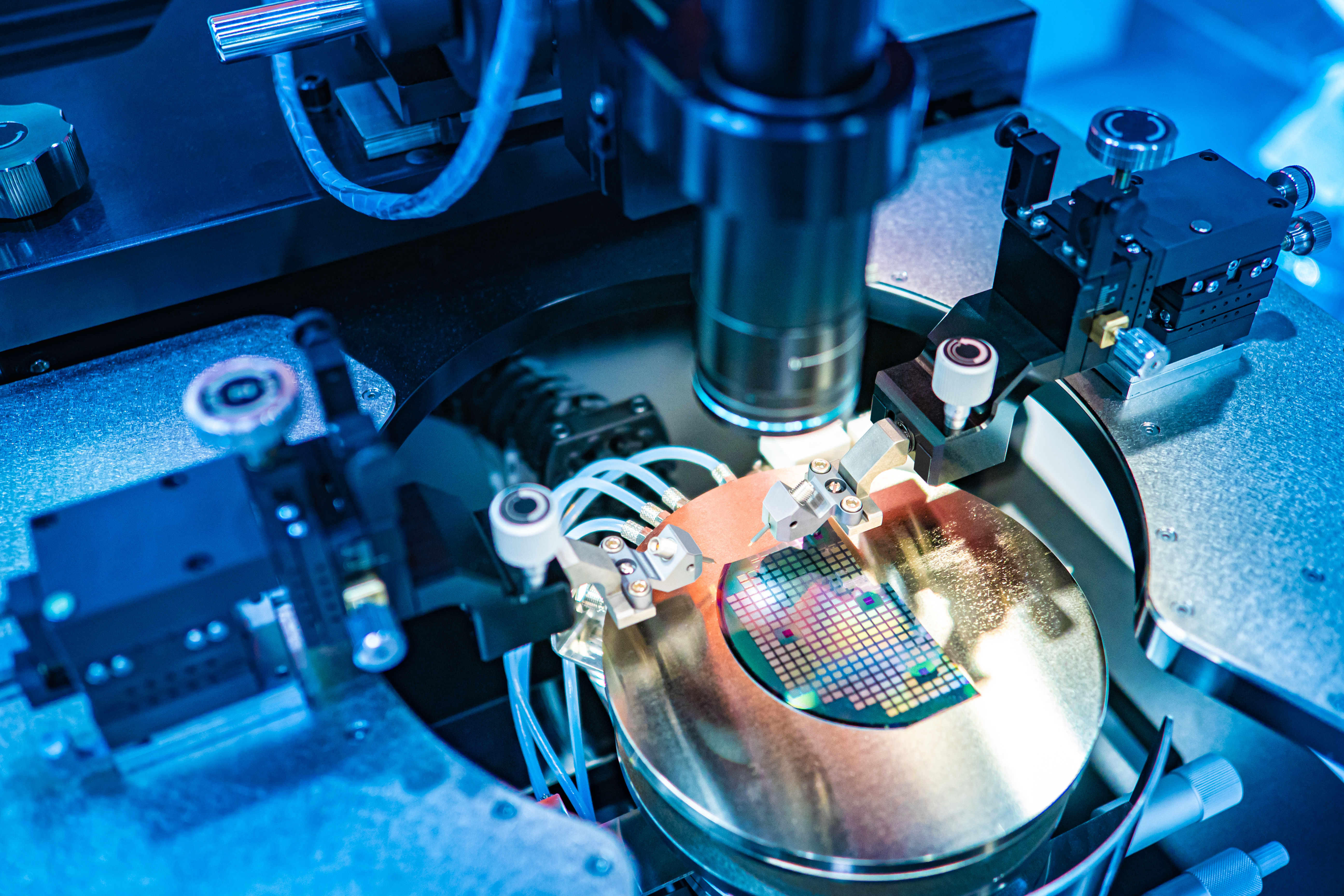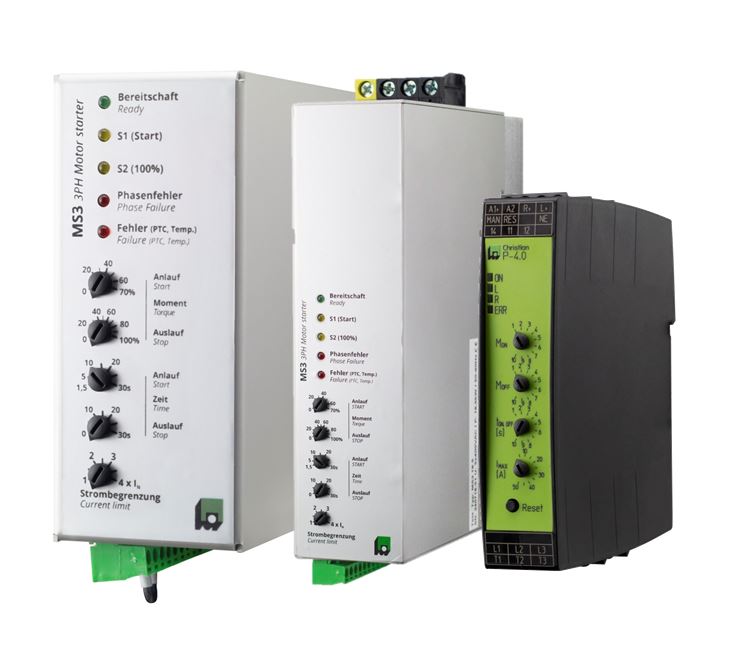The ability of a power grid to supply clean and stable power as a constantly available power supply is one of the common definitions of what power quality is. Elementally, power quality refers to the ability of electrical equipment to consume the energy being supplied to it, and the measure of a good electrical network is the ability to provide clean stable power. A characteristic of good electric power quality is the steady voltage supply where the frequency of the supply remains close to the rated value. The power flow should have a pure sinusoidal waveform and remain within specified voltage and frequency tolerances. There are a number of power quality problems that impact the efficiency of electrical equipment. Transients, Electrical Harmonics, poor power factor, voltage instability and imbalance are all triggers of power quality problems. Often these create problems which lead to automatic resets, data errors, equipment failure, memory loss, UPS alarms, circuit board failure, software corruption and overheating of electrical distribution systems. Effective balancing of systems, such as automatic voltage equalization, ensures that you don't have to worry about voltage drops or surges ruining integral electrical machinery, rotating equipment or worse, causing an arc flash event.
 This is where the AC power supply shines. Alternating current is an electric current which periodically reverses direction and changes its magnitude continuously with time. It is typically used in power supplies, and the direction can alternate between 50 and 60 times per second, depending on the electric system of the country. A unique feature of AC electricity is its ability to readily change the voltage, thereby making it more suitable for long-distance transmission as compared to the DC electricity. Furthermore, AC electricity can employ capacitors and inductors in electronic circuitry, allowing for a wide range of applications. Because of its far-reaching abilities, AC power is more frequently used for power transmission and acts as a buffer that allows power to be transmitted at very high voltages before being stepped down with a transformer to safer voltages for commercial and residential use. In addition, it is also cost effective and can cover greater distances with minimal energy loss.
This is where the AC power supply shines. Alternating current is an electric current which periodically reverses direction and changes its magnitude continuously with time. It is typically used in power supplies, and the direction can alternate between 50 and 60 times per second, depending on the electric system of the country. A unique feature of AC electricity is its ability to readily change the voltage, thereby making it more suitable for long-distance transmission as compared to the DC electricity. Furthermore, AC electricity can employ capacitors and inductors in electronic circuitry, allowing for a wide range of applications. Because of its far-reaching abilities, AC power is more frequently used for power transmission and acts as a buffer that allows power to be transmitted at very high voltages before being stepped down with a transformer to safer voltages for commercial and residential use. In addition, it is also cost effective and can cover greater distances with minimal energy loss.
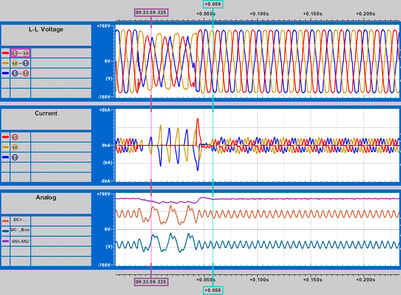 To have power quality improvement, engineers use power conditioning to modify the power and improve its quality. Measurement and analysis are the first critical steps in any power-quality improvement setup. As little as a 3% voltage imbalance can cause as much as 18-30% current increase. This causes considerably more wear on motors and increased power consumption. In addition to disturbances to the main grid such as voltage irregularities and harmonic disturbances. A poor quality UPS unit can often be to blame as they produce poor power quality themselves by imposing a higher-frequency and lower-amplitude square wave above the sine wave. Contrarily, newer energy storage utilizing high-quality UPS units are capable of breaking down incoming AC power into DC, charging the batteries and then remanufacturing an AC sine wave by utilizing a double conversion topology. This remanufactured sine wave is of higher quality than the original AC power feed. For improved power quality and control, keep in mind that an Automatic Voltage Equalizer (AVE) can also help with voltage balance to prevent costly brown/blackouts which lead to manufacturing shutdowns. An AVE alone will consistently provide stable voltage and reduce imbalances to less than 1%. Additionally, most overvoltage conditions can be protected by a varistor, surge protector or simple capacitor, while a lightning arrester protects against severe spikes and electronic filters can remove harmonics.
To have power quality improvement, engineers use power conditioning to modify the power and improve its quality. Measurement and analysis are the first critical steps in any power-quality improvement setup. As little as a 3% voltage imbalance can cause as much as 18-30% current increase. This causes considerably more wear on motors and increased power consumption. In addition to disturbances to the main grid such as voltage irregularities and harmonic disturbances. A poor quality UPS unit can often be to blame as they produce poor power quality themselves by imposing a higher-frequency and lower-amplitude square wave above the sine wave. Contrarily, newer energy storage utilizing high-quality UPS units are capable of breaking down incoming AC power into DC, charging the batteries and then remanufacturing an AC sine wave by utilizing a double conversion topology. This remanufactured sine wave is of higher quality than the original AC power feed. For improved power quality and control, keep in mind that an Automatic Voltage Equalizer (AVE) can also help with voltage balance to prevent costly brown/blackouts which lead to manufacturing shutdowns. An AVE alone will consistently provide stable voltage and reduce imbalances to less than 1%. Additionally, most overvoltage conditions can be protected by a varistor, surge protector or simple capacitor, while a lightning arrester protects against severe spikes and electronic filters can remove harmonics.
 The final stage in the delivery of electric power is called distribution. This carries electricity from the transmission system to individual consumers. Power Distribution Unit, or PDU, is a device used in data centers to control and distribute electricity effectively to devices. Frequently, several customers are supplied from one transformer through secondary distribution lines. A PDU distributes power via AC, and in its most basic form, does the same job as a power strip. A power distribution unit uses current from a single source, which is usually a wall outlet, to power multiple devices. PDUs are used time and again in data centers, network closets, industrial environments and portable PDU's for venues such as exposition halls, concerts, carnivals and other outdoor events that require a power system.
The final stage in the delivery of electric power is called distribution. This carries electricity from the transmission system to individual consumers. Power Distribution Unit, or PDU, is a device used in data centers to control and distribute electricity effectively to devices. Frequently, several customers are supplied from one transformer through secondary distribution lines. A PDU distributes power via AC, and in its most basic form, does the same job as a power strip. A power distribution unit uses current from a single source, which is usually a wall outlet, to power multiple devices. PDUs are used time and again in data centers, network closets, industrial environments and portable PDU's for venues such as exposition halls, concerts, carnivals and other outdoor events that require a power system.
Electrical Power Distribution systems are designed to provide standard electrical outlets for use within a variety of settings that don't require monitoring or remote access capabilities.
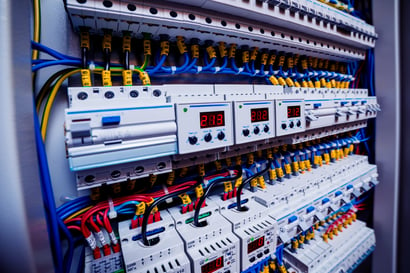 They are made up of such specialized equipment like power transformers, high-voltage fuses and circuit breakers, lightning arresters, power-factor-correcting capacitors and power-metering systems. The main purpose of any electricity distribution system is to meet the customer's energy demand after receiving the bulk electrical energy from transmission or sub transmission stations. Data centers face tough challenges in power protection and management solutions, hence, their heavy reliance on PDU monitoring to improve efficiency, uptime, and growth. For data center applications, the power requirement is typically much larger than a home or office style power strip, with power inputs as large as 22 kVA or even larger. Most large data centers utilize PDUs with 3-phase power input and 1-phase power output. There are two basic categories of PDUs: Basic PDUs and Intelligent (networked) PDUs or iPDUs. Basic PDUs simply provide a means of distributing power from the input to a plurality of outlets. Intelligent PDUs, on the other hand, normally have an intelligence module which allows for remote management of power metering information, power outlet on/off control, and alarms. Also, there are some advanced PDUs which allow users to manage external sensors such as temperature, humidity, airflow, among others.
They are made up of such specialized equipment like power transformers, high-voltage fuses and circuit breakers, lightning arresters, power-factor-correcting capacitors and power-metering systems. The main purpose of any electricity distribution system is to meet the customer's energy demand after receiving the bulk electrical energy from transmission or sub transmission stations. Data centers face tough challenges in power protection and management solutions, hence, their heavy reliance on PDU monitoring to improve efficiency, uptime, and growth. For data center applications, the power requirement is typically much larger than a home or office style power strip, with power inputs as large as 22 kVA or even larger. Most large data centers utilize PDUs with 3-phase power input and 1-phase power output. There are two basic categories of PDUs: Basic PDUs and Intelligent (networked) PDUs or iPDUs. Basic PDUs simply provide a means of distributing power from the input to a plurality of outlets. Intelligent PDUs, on the other hand, normally have an intelligence module which allows for remote management of power metering information, power outlet on/off control, and alarms. Also, there are some advanced PDUs which allow users to manage external sensors such as temperature, humidity, airflow, among others.
PDUs come in both AC and DC models to match the power requirements for different kinds of sites. In most cases, an AC PDU will distribute power with an alternating current. DC PDUs differ in the sense that all they distribute is DC power, but the PDU itself may be powered with AC or DC, depending on the requirements of your site.
At Dynamic we are always staying up to date on innovations and new technology. We hope you found our information about AC power quality and PDU Systems useful. If you are looking to improve your electrical power systems or solve power quality issues involving production equipment, data centers, lighting, and motors … Dynamic has a solution for you.
Found these tips useful? Read about control and switching of DC current here. Also keep an eye out for our next blog where we dive into Signal conditioning, Gateways and Edge computing. You can also stay in touch with us by signing up for our newsletter and receive updates when we have promotions or new blog posts.

